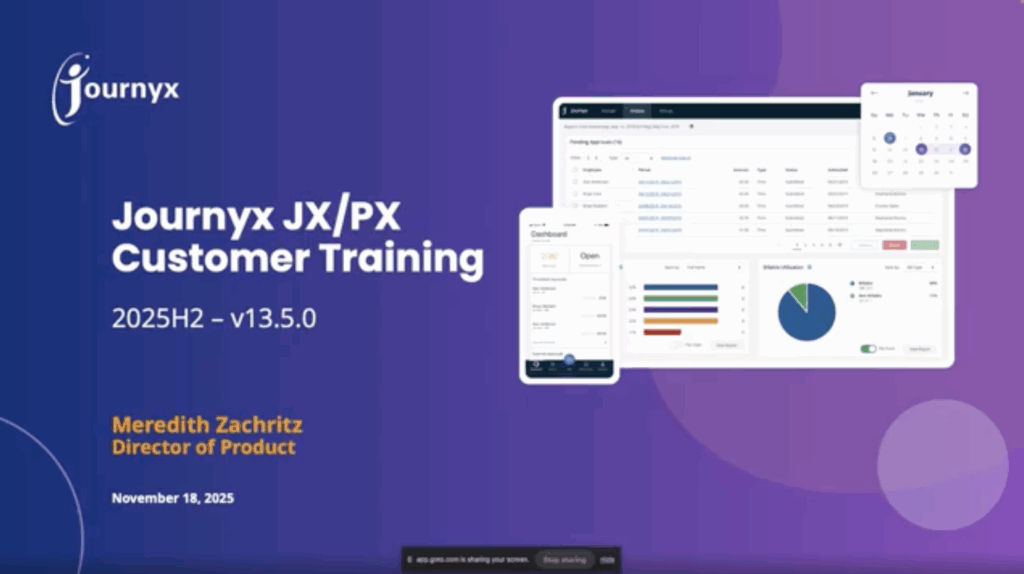How Tech Can Save Time on Construction Projects
Finding ways to save time on construction sites can mean the difference between the project being profitable and not. All construction business owners and contractors know that time is money and the cost of materials and labor will continue to climb as the project runs overtime.
Over 98% of construction projects actually face delays and cost overruns, according to McKinsey. These projects face an average slippage of 20 months behind their original schedule and an average increase in costs of 80% more than the original value. Contractors know that extending beyond the originally allotted time for a project will only yield additional expenses, which in turn prevents them from attending to other projects and more productive tasks.
There are several reasons why almost all construction projects are not completed on time. Many parts of construction take time compared to other industries. There are plenty of participants and stakeholders in just a single project, which makes coordination and collaboration challenging. Construction projects have also increased in size and complexity and project owners need to deal with changing regulations. Common project management issues such as poor organization, inadequate communication, and insufficient risk management lead to productivity issues and project delays.
Addressing the challenges that cause delays is one of the key goals of construction project management. Fortunately, there are tech solutions that can help construction business owners save time on construction sites. Let’s take a look at how construction technology is reshaping time management in construction.
1. Manage employee hours using time tracking in the cloud
Time tracking in construction is extra challenging, especially for firms that handle multiple construction projects. How can you ensure that time tracking for construction workers is accurate if they are scattered across multiple construction sites? Punch cards and paper timesheets have always been the traditional tools used by many construction firms to track employee productivity. However, this method has proven to be time-consuming to track, prone to human errors, and unable to deter time theft. There is also the cost of buying and stockpiling the paperwork generated in just a short time.
The shortcomings of traditional time tracking can easily be solved by using digital time clocks or mobile time tracking. This method requires little maintenance while providing accurate data in real-time to HR supervisors. The more advanced digital or mobile time clock applications incorporate GPS technology and even geofencing, which further enhances time tracking efficiency.
2. Estimate material costs using takeoff software
One of the initial steps in construction involves making an estimate of the total time, money, and resources needed to finish the construction project. This estimation process requires a detailed analysis of the project plan and determining the measurements from the blueprint to calculate the cost of materials and labor. While the entire estimation process is easy enough, each step of the process can take a lot of time and resources. A huge part of the estimation is done manually, which makes it prone to error in data entry. If left unfixed, it can potentially cost the firm a lot of money.
Using a dedicated construction takeoff software, along with digital files and database of historical project information, aids the cost estimation process. This dedicated takeoff software uses digital blueprints and plans to make accurate measurements and automatically calculate material costs. This minimizes manual entry errors, resulting in a reliable cost estimate while also reducing the length of the estimation process.
3. Inspect construction sites using drone technology
Another huge part of the pre-construction phase is the inspection of the construction site. This step is crucial to ensuring the safety of the construction personnel as they proceed to the construction operation. The construction site, especially early on in the project, is full of safety hazards and it is the job of site inspectors to identify these hazards and address them before letting the contractors proceed. Since there are no protective measures in place yet, site inspections are dangerous to inspectors. Some terrains can be difficult to navigate or even downright inaccessible while some structures may be in danger of collapse.
Nowadays, site inspectors can survey a construction site safely with the use of drone technology. Compared to human-led site inspections, which can take days and even weeks depending on the size of a project, drone inspections can easily be done with a small team working offsite in just a short time. Drones can easily navigate tight areas while being capable of giving a bird’s-eye view of the entire site. They can also be equipped with 3D mapping software that gives inspectors accurate measurements for detailed modeling and planning.
4. Protect payments using invoice and lien management software
Managing payments is doubly important in the construction industry. Payment delays and even nonpayment can be common, largely due to the nature of construction itself. A typical construction project can take months, if not years, before it is finished, which affects the billing cycle and the risk of falling into cash flow issues. Being on the receiving end of payment issues will pose a danger to your ability to fulfill your own financial obligations. That is why it is crucial that construction firms optimize the accounts receivable management process to improve financial standing.
Dedicated receivables and lien management software can help construction firms protect payment rights and increase the likelihood of getting paid. This type of software analyzes accounting data to determine which customer accounts are in danger of being delinquent. It also automates the sending of invoices and pre-lien notices based on deadlines. When done manually, these steps can take a lot of time. But with dedicated software, your HR department can finish them in no time at all, freeing them to do more productive tasks.
These are just some of the ways technology can help construction business owners save precious time. Each day, new innovations are being made and are changing the way construction is done. It is crucial that construction firms find opportunities to incorporate these technologies into their operations to stay ahead of the competition.
About the Author:
 Patrick Hogan is the CEO of Handle.com, where they build software that helps contractors, subcontractors, and material suppliers with late payments. Handle.com also provides funding for construction businesses in the form of invoice factoring, material supply trade credit, and mechanics lien purchasing.
Patrick Hogan is the CEO of Handle.com, where they build software that helps contractors, subcontractors, and material suppliers with late payments. Handle.com also provides funding for construction businesses in the form of invoice factoring, material supply trade credit, and mechanics lien purchasing.
Let’s Get Started. Book a Demo Today.
Journyx helps you track time for projects, payroll, and more. Learn how Journyx can help you use time to your advantage in your business.



